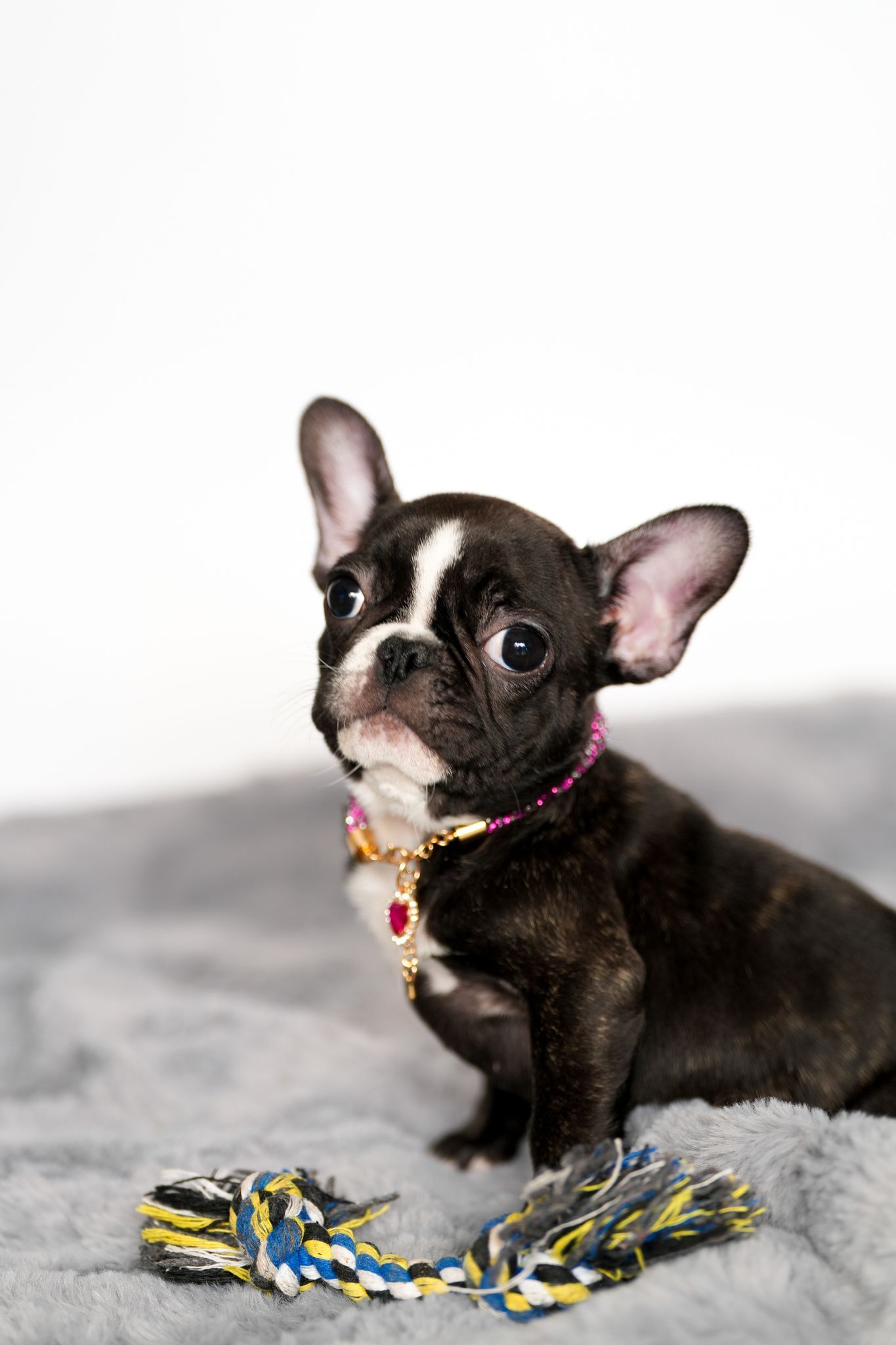Choosing the Right Puppy
Choosing the Right Puppy

Choosing the Right Puppy: Key Factors to Consider When Selecting a Breed or Mix
Bringing a puppy into your life is exciting, but selecting the right one is a big decision. Every breed or mix has unique traits, and finding a dog that suits your lifestyle and preferences can help ensure a happy relationship for years to come. Here are the essential factors to consider when choosing the right puppy, focusing on temperament, size, energy level, and more.
1. Temperament: Finding a Personality Match
A dog’s temperament is a key aspect of their personality and can significantly affect how they interact with you and your family. Are you looking for a calm and affectionate pup, or do you prefer a spirited and protective companion?
For instance:
Friendly and social breeds like Golden Retrievers, Labradors, and Cavaliers are typically great with kids and other pets.
Protective and loyal breeds such as German Shepherds and Rottweilers may need a more experienced handler but can be incredibly devoted.
Independent breeds like Shiba Inus and Afghan Hounds may prefer occasional attention over constant cuddling.
If you’re adopting a mixed-breed puppy, spend time observing their behavior to get a sense of their personality.
2. Size: Small, Medium, or Large?
A puppy’s eventual size is another important factor. While that tiny ball of fur might be adorable now, some breeds can grow significantly in size, which may affect your living space, budget, and daily routines.
Small Breeds (like Chihuahuas and Dachshunds) are great for apartments and are generally lower maintenance when it comes to food and grooming.
Medium Breeds (such as Cocker Spaniels and Border Collies) offer a balance of compact size with more robustness, suitable for various living environments.
Large Breeds (like Labradors and German Shepherds) typically need more space, food, and exercise, so they’re often better suited to homes with yards.
Think about the space you have available and the physical requirements of each breed to avoid size-related challenges.
3. Energy Level: Low-Key or Active?
Matching your puppy’s energy level with your lifestyle is essential. An active breed may be thrilling but will require regular exercise, while a calmer breed might be better for a more relaxed household.
High-Energy Breeds (such as Border Collies, Huskies, and Australian Shepherds) need mental stimulation and physical exercise. They thrive in active households with room to run and play.
Moderate-Energy Breeds (like Beagles, Cocker Spaniels) enjoy daily walks and playtime but are generally content indoors.
Low-Energy Breeds (including Bulldogs, Basset Hounds) are perfect for laid-back lifestyles with minimal exercise needs.
Consider your typical day and how much time you can commit to activities with your dog. For a busy lifestyle, low- to moderate-energy dogs may be easier to manage.
4. Health Considerations: Be Aware of Breed-Specific Traits
Each breed is prone to certain health conditions. For example:
Pugs and Bulldogs are charming and low-energy, but their short snouts can lead to breathing issues.
Large breeds like Great Danes and Mastiffs are prone to hip dysplasia and may have shorter lifespans.
When considering a mix, talk with a vet or breed expert to understand potential health concerns and prepare for preventive care.
5. Grooming Needs: Low vs. High Maintenance
Grooming requirements vary widely between breeds, from low-maintenance coats to those needing regular grooming appointments.
Short-Coated Breeds (like Beagles and Boxers) are typically easy to groom at home with occasional brushing.
Long-Coated Breeds (like Shih Tzus and Poodles) require frequent brushing, haircuts, and possibly professional grooming.
Shedding Breeds (such as German Shepherds) may need more vacuuming and cleaning to manage loose fur around the house.
If you prefer less maintenance, look for breeds with lower grooming needs. But if you enjoy regular grooming sessions, consider long-haired or hypoallergenic breeds.
6. Family-Friendly Factors: Age, Allergies, and Safety
When bringing a puppy into a family, consider any allergies, children’s ages, and family dynamics.
Child-Friendly Breeds like Golden Retrievers, Beagles, and Bernese Mountain Dogs are generally gentle and tolerant.
Hypoallergenic Breeds like Poodles and Schnauzers can be a good choice if someone in the household has allergies.
Always supervise interactions between young children and dogs and take time to train both for positive experiences together.
7. Training Needs: Trainability and Intelligence
Some breeds are naturally easier to train due to high intelligence and eagerness to please, while others may be more independent or stubborn. Breeds like Border Collies, Poodles, and German Shepherds are known for their quick learning and responsiveness to training. But even lower-energy, independent breeds like Bulldogs can be trained with patience and consistency.
Evaluate your willingness to invest time in training and consider a breed that matches your level of experience.
Final Thoughts
Choosing the right puppy is about finding a breed or mix that fits into your life and personality. By considering temperament, size, energy level, health, grooming needs, family dynamics, and trainability, you can make an informed decision and set the foundation for a joyful bond with your new puppy.
Ready to find your perfect puppy? Consider visiting a local shelter or rescue and meet a range of personalities and breeds, or reach out to a reputable breeder who can help guide you. With a bit of preparation, you’re well on your way to bringing home a puppy that will grow into a cherished family member.

Website designed by Strategic Marketing, Inc.
All Rights Reserved | Puppies in Paradise







